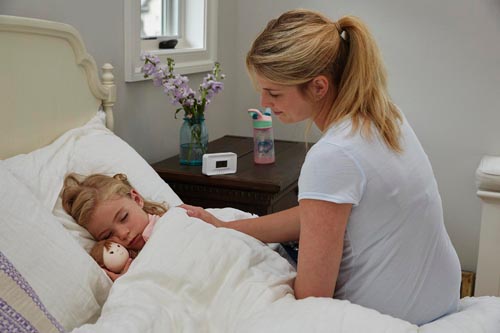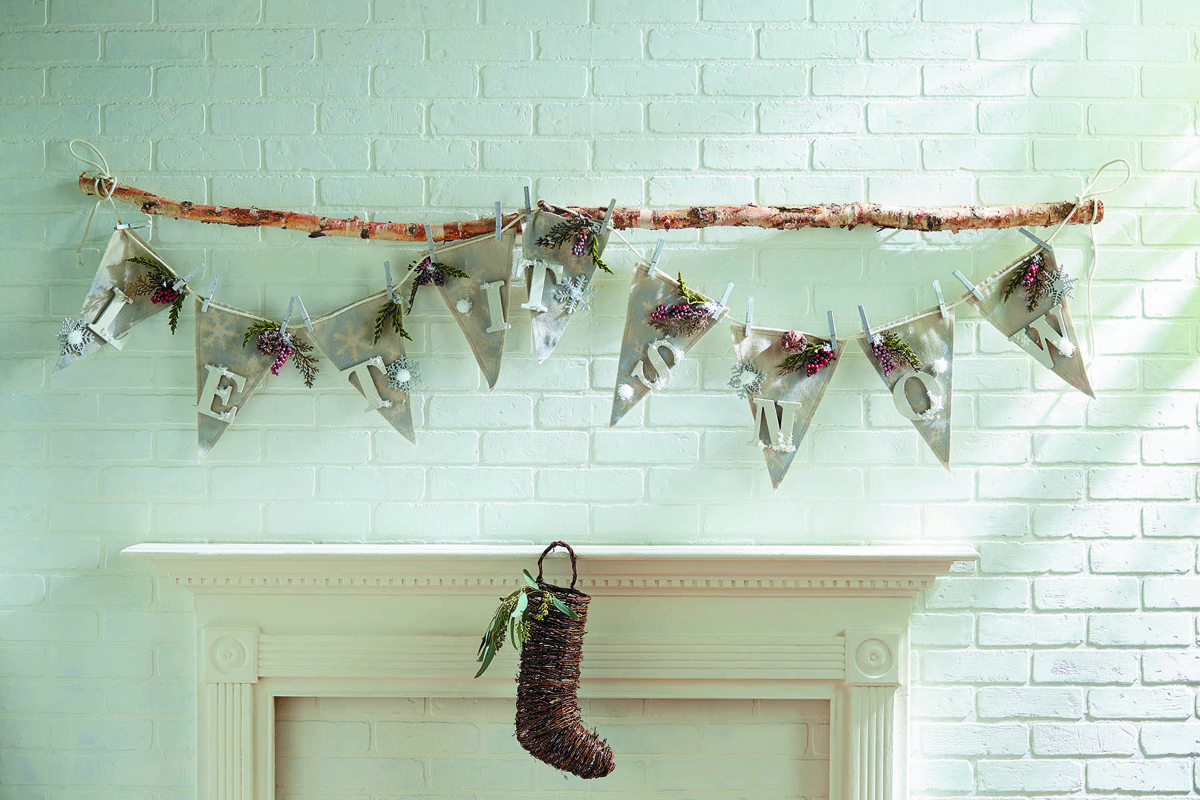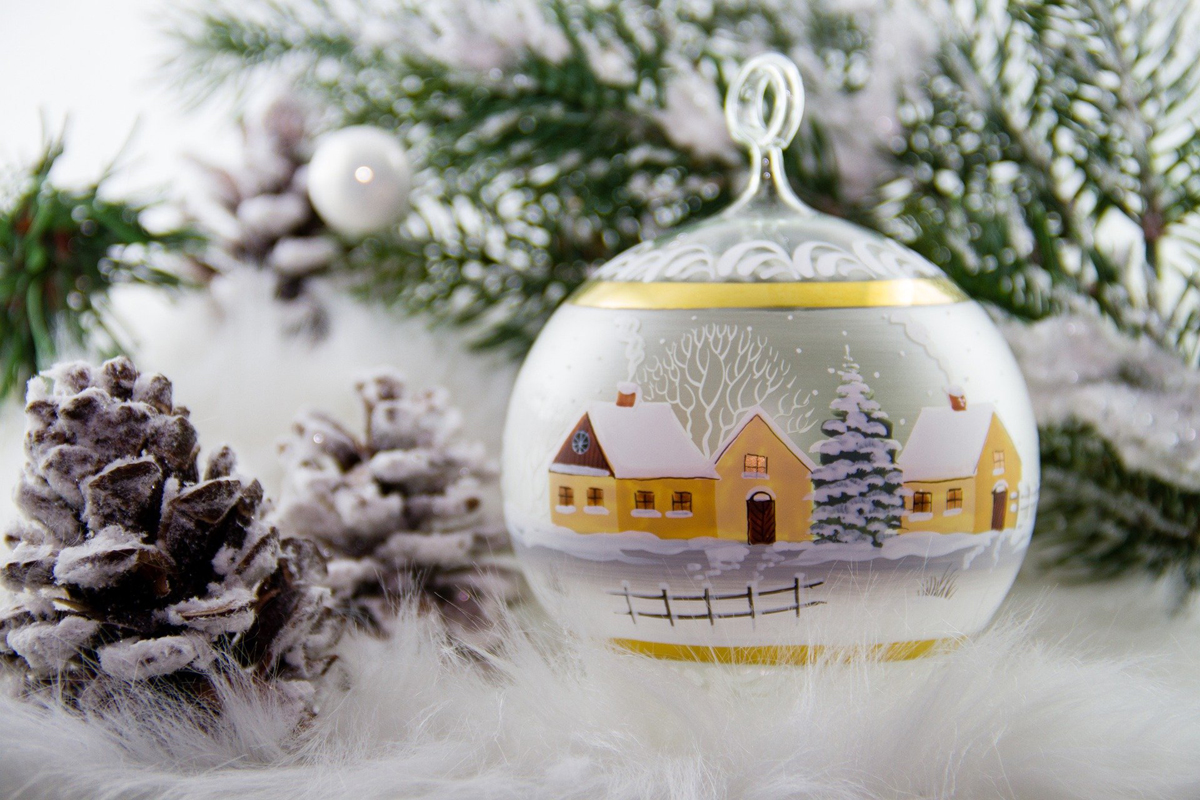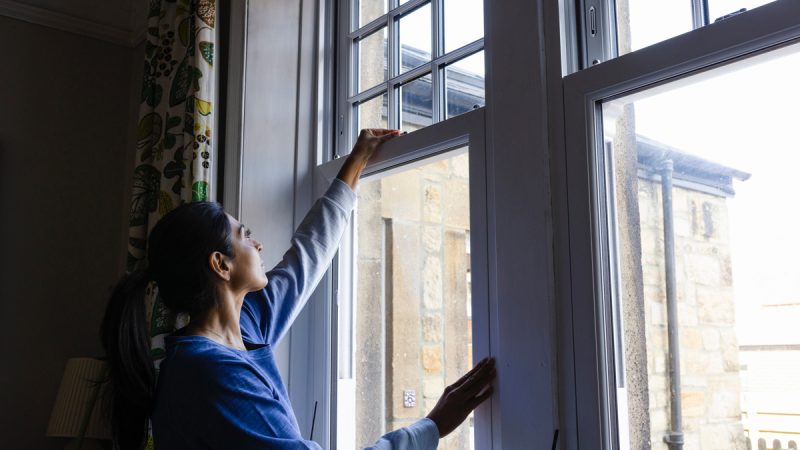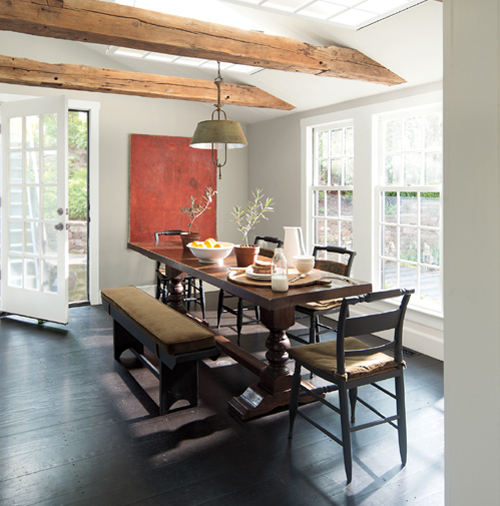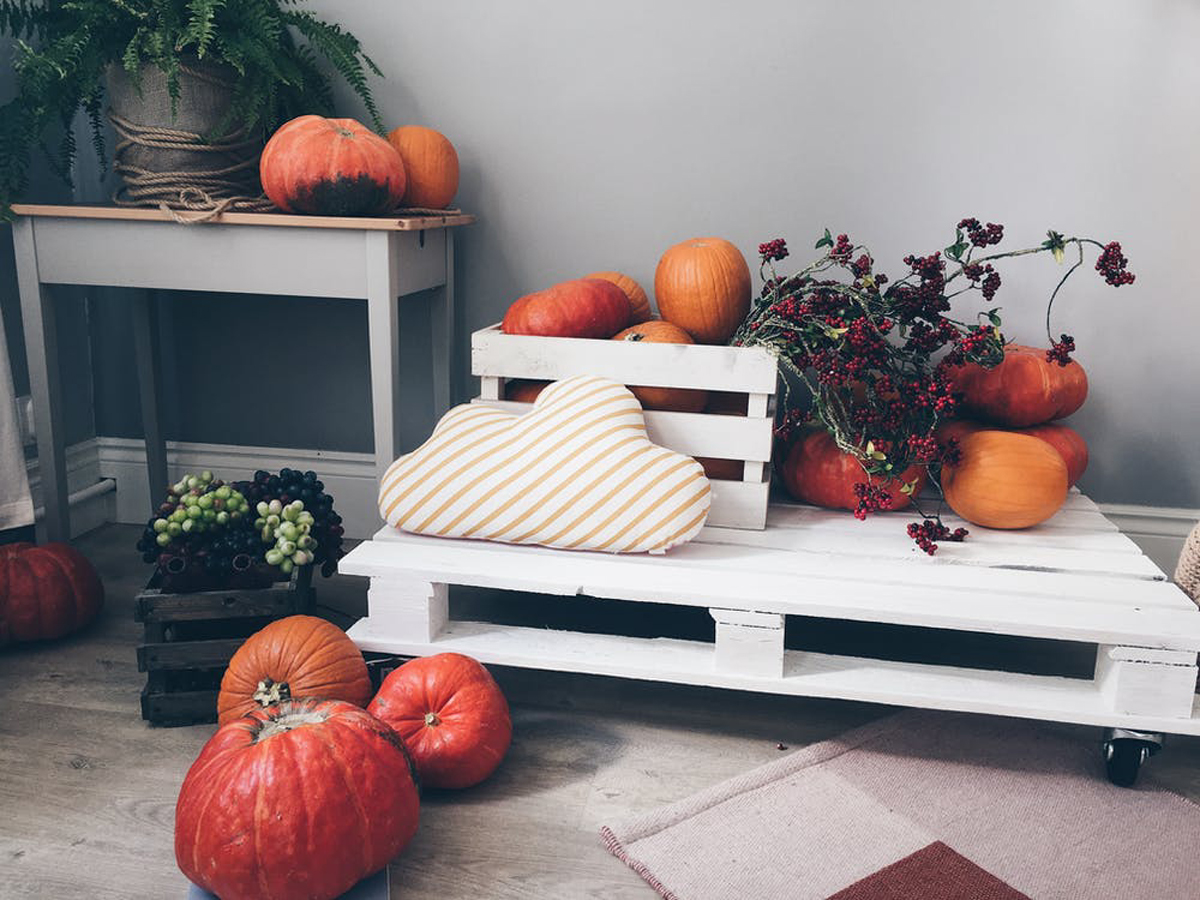Passion for Antiques
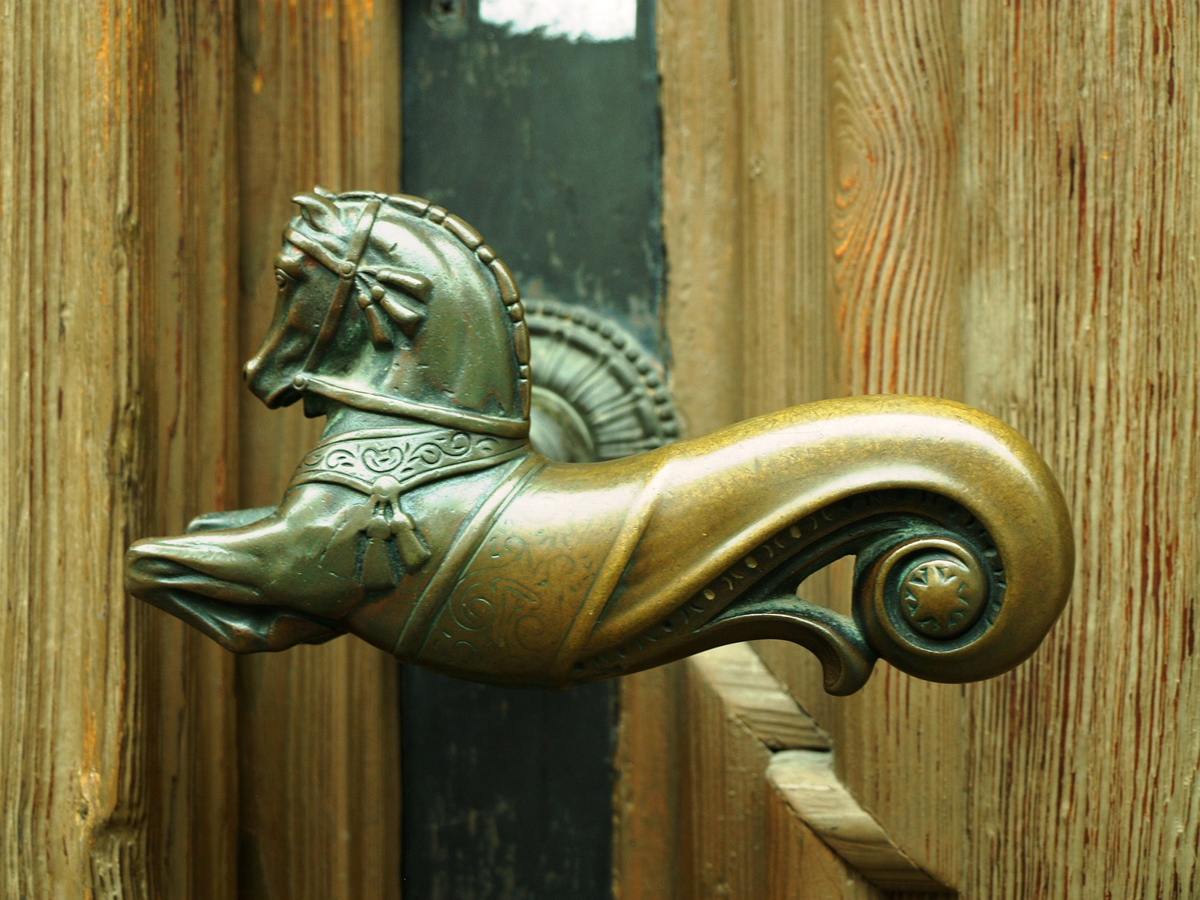
Antiques are like old books. They hold a limitless universe of knowledge waiting patiently to be revealed. Like a red violin, waiting for it’s next owner as it passes through history from generation to generation. And people who collect antiques are as passionate about their collections as they are about the pursuit and discovery of something old that brings them closer to the past.
An antique, by definition, is an object at least a hundred years old. Many are heirlooms that have been handed down from generation to generation: furniture, silver, china, stoneware, folk art, quilts, toys and other family collectibles. Some antiques are treasured finds that evoke a nostalgic memory or tradition. Others are collected because of their monetary value such as furniture, art and historic pieces.
Europe’s old markets, Portobello Road and Bermondsey in London, Porta Portunese in Rome, El Rastro in Madrid and Le Marche’ aux Puces in Paris, have been enticing collectors for ages. Millions have cut their collector’s teeth in the crowded, nostalgic lanes of these antique markets.
Collecting and antiquing also remains a top leisure time activity in the United States. Antique Road Show, E-Bay, and American and European flea markets are thriving.
A subculture of avid collectors have been born, filling the urge to acquire through tag sales, estate sales, flea markets, antique shops and open air antique fairs. Located on city streets, or a mile or two down country roads, these sales often brim with coveted treasures, or junk just waiting to be renewed and transformed into something functional.
And just what types of items do people search far and wide to acquire? A few of the most sought after antique pieces for serious and nostalgic collectors include:
- Items that are amusing or have historical significance.
- Political subjects, cars, airplanes, balloons, Western subjects and well known artists.
- Photographs of 19th or early 20th century celebrities or transportation.
- Fashion photos by well-known photographers.
- American Indian subjects; historical landmarks and events.
- Books in good condition with a dust cover and no missing pages.
- Old toys and vintage clothing.
- Turn of the century furniture.
There is no right or wrong way to collect antiques, but remember, items of good design and beauty are as important as price.
Serious Collectors, like Jeff Wilson from Northfield, Minn. are well aware of the lure of the hunt. Wilson has been collecting antiques ever since he could remember. “My family collected so I was always surrounded by old things,” he notes. “My love for antiques can’t be focused on one thing. It extends to anything eclectic and eccentric. I collect things that evoke a story. When I look at a piece I wonder why it survived. Why did people take care of this piece and preserve it through the years? What made it special; the curve of the wood, the fabric, a memory? That’s the lure that draws me into antiques.”
Among the collections of Wilson, and his wife, Lisa, are antique chairs, Christmas ornaments, books, tea cups, tea pots – the list is long. But Wilson will readily admit that his favorite antique is his 1872 American Gothic style house — a perfect place for a person who cherishes preservation of the past.
Being able to incorporate his love of antiquing into his job is a perk for Wilson. As vice-president of design and product development at Midwest of Cannon Falls, a Minnesota-based giftware company, Wilson has had the opportunity to introduce some of his antique pieces into the company’s line, manufacturing them as antique replicas. “We are very clear in stating that we are not trying to pass our replicas off as antiques,” Wilson stresses. “We are making reproductions of antiques that are affordable and accessible to people who may not have access to original antiques due to price points or availability. Yet, if you put the original and the replica side by side, you may have difficulty telling which is which. The quality and detail of our reproductions are that good.”
Wilson isn’t the only one with the antique bug at Midwest of Cannon Falls. CEO and president Kathy Brekken has done her share of antiquing and after heading up the family business for nearly 20 years, has found it a refreshing resource for “researching” new product ideas.
She reminisces, “Thanks to my Grandma, I’ve always liked old ‘stuff’. My Mother is a far more practical-oriented individual and had little time for things that just sat around to be dusted. I would go with my Grandma into her attic and I loved the idea of a connection to the past. My Grandma and Grandpa had many things that were family heirlooms: the desk my Grandfather’s family brought from Maine to the Midwest; the lovely Chinese tapestries and furniture from an ancestor who raised her family in Shanghai.”
Brekken is just as enthusiastic about antique reproductions. “I love the concept of replicas because it allows people to have a sense of history and older style without having to pay the price for it. Midwest of Cannon Falls’ replicas are wonderful because they are so exact and true to the original. Our sources excel in duplicating pieces, so using original antiques for reproduction fit their skill set perfectly. And, frankly, we couldn’t redesign it better!” She adds, “Replicas are reminiscent of a time and a look, and I love that. Unfortunately for my pocketbook, when it comes to my personal buying, I prefer the truly old and original.
“I do particularly love one piece we replicated. Jeff Wilson and I were at an antique market near the Louvre in Paris and found some lovely bronzes – small, in a style that could fit many homes, but way too pricey for most. I bought a small bronze dog holding a top hat (the hat was intended to hold match sticks). We reproduced this item and now have a piece that is virtually identical to the original for a fraction of the price. The original was over $800 and ours retails for only $17!”
Talking with other collectors, the consensus was they often purchased replicas to fill in their collections. One woman said that not everyone could afford to acquire all the original antiques they wanted and complimenting with replicas simply added to the wholeness of her collection. It also satisfied her desire for a particular piece she couldn’t afford, or sometimes filled in when she couldn’t locate the original.
The big question that lies behind each antique, reproduction or just plain junk that you couldn’t resist purchasing is, “What do I do with this when I get it home?” We turned to other experts at Midwest of Cannon Falls to give us some direction. We found that creating a personal statement in today’s decorating dovetails with the trend of antiquing and flea market finds.
“Antiques and flea market finds have become so popular in decorating,” states Ingrid Liss, creative director of the company. “Shabby chic is considered today’s most popular trend. Items that have been discarded are now being retrieved and revived. The trend includes mixing items whose elegance has faded over time with newer styles. You’ll find the patina of age and wear resonates with beauty and personality.” Liss stresses not worrying about the correct mix. The content isn’t as important as is the expression. “The mix will be right if it is truly an expression of one’s personal taste,” states Liss. The simple, practical, quiet style of shabby chic has evolved into reviving furniture, fabrics and home accessories that offer casual appeal, allowing for a mixture of old and new.
The eclectic mix of decorating with antiques offers an undeniable personal statement. A slight imperfection adds a sense of history. A worn finish can actually enliven the room with character. By adding affordable antique replicas or reconstructing old junk as accents to original antiques, people are able to compliment the old with the new, while retaining the story of each piece.
If you like shabby chic decorating, the ideas are endless:
- old furniture of any kind that can be repainted, re-hardwared and reupholstered.
- lamps and chandeliers that can be painted and rewired.
- vintage fabrics that can be reused as furniture covers, curtains, dresser scarves, wall decor, etc.
- crocks, firewood and coal carriers, tin pie cupboards and bread boxes that can be used as functional accent pieces (reused as spoon holders, magazine racks, spice shelves, etc.)
- old doorknobs, hinges and locks that can be recycled as coat hooks or furniture accents.
As you can see, there are many facets of antiquing: The serious collector who looks for the monetary and historical value in antiques; the collector who buys out of nostalgia and reflects personal tastes; those who purchase original antiques with the intent to replicate and supplement the market; the buyer who is interested in antique junk to create their own piece of artwork or turn it into a functional piece to fit today’s personal lifestyles.
There is no right or wrong way to collect antiques, but remember, items of good design and beauty are as important as price. Buy what you personally like and are compelled to collect, and incorporate these pieces into your homes in ways that fit your own lifestyle. This way the age-old passion for antiquing and cherishing the past will never fade or loose its patina.
The Author:
Midwest of Cannon Falls

